THE PEOPLE OF MINNESOTA
Ojibwe
IN MINNESOTA
Anton Steven Treuer
 MINNESOTA HISTORICAL SOCIETY PRESS
MINNESOTA HISTORICAL SOCIETY PRESS
Front cover: Josh DePerry dances at a Grand Portage powwow, 2009. Photo by
Layne Kennedy
Back cover: Boys at Mille Lacs, ca. 1930. Photo by Monroe Killy, Minnesota Historical
Society collections
Publication of this book was supported, in part, with funds provided by the Harriet Thwing
Holden Fund for American Indian History.
2010 by the Minnesota Historical Society. All rights reserved. No part of this book may be used or reproduced in any manner whatsoever without written permission except in the case of brief quotations embodied in critical articles and reviews. For information, write to the Minnesota Historical Society Press, 345 Kellogg Blvd. W., St. Paul, MN 55102-1906.
www.mhspress.org
The Minnesota Historical Society Press is a member of the Association of American University Presses.
Manufactured in the United States of America.
10 9 8 7 6 5 4 3 2 1
 The paper used in this publication meets the minimum requirements of the American National Standard for Information SciencesPermanence for Printed Library Materials, ANSI Z39.481984.
The paper used in this publication meets the minimum requirements of the American National Standard for Information SciencesPermanence for Printed Library Materials, ANSI Z39.481984.
International Standard Book Number
ISBN 13: 978-0-87351-768-3 (paper)
Library of Congress Cataloging-in-Publication Data
Treuer, Anton Steven.
Ojibwe in Minnesota / Anton Steven Treuer.
p. cm. (The people of Minnesota)
Includes bibliographical references and index.
ISBN 978-0-87351-768-3 (pbk. : alk. paper) Ebook ISBN 978-0-87351-795-9
1. Ojibwa IndiansMinnesotaHistory. 2. Ojibwa IndiansMinnesotaSocial life
and customs. 3. Ojibwa IndiansMinnesotaSocial conditions. I. Title.
E99.C6T74 2010
977.00497333dc22
2009047497
Cover design by Running Rhino Design.
Book design and composition by Wendy Holdman.
Printed by Sheridan Books, Ann Arbor, Michigan.
For my mother, Margaret Treuer, who taught me everything
I know about being Ojibwe in Minnesota

Ojibwe
IN MINNESOTA
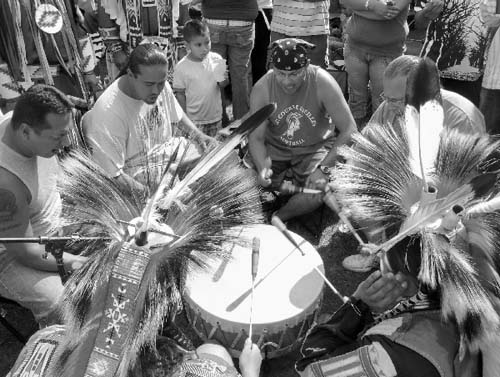
Pipestone Singers at the Leech Lake Contest Powwow, September 6, 2009. Seated, from left to right, are George Budman Nayquonabe, Michael DeMain, Ahsinees Larson, Michael Sullivan, John Nayquonabe, Hunter Blassingane, and Wendall Powless.
P IPESTONE DRUM GROUP is singing at the Cass Lake powwow. High, powerful melody fills the air. Drumsticks pound in unison, igniting the rhythm of the dancers. Throngs of native and nonnative spectators surround the singers, recording the song on mp3 players, wav file recorders, and digital camcorders. It is powwow time again on the Leech Lake Indian Reservation in northern Minnesota, and Ojibwe culture is in motion.
The Pipestone Singers have made conscious choices to tenaciously hold onto older Ojibwe traditions. They all have Indian names and proudly represent their traditional Ojibwe clanseagle, bear, and lynx. They come from different reservations, or off-reservation, in Minneapolis or other urban areas. Plenty of French, German, and Irish blood runs through their veins too. But they sing as one, and their singing is 100 percent Indian in style and tradition.
Pipestone is a little different from many drum groups in that most of their singers are members of the Midewiwin, the primary traditional religious society of the Ojibwe. Other drum groups have singers who are members of the Native American Church, a pan-Indian religious institution that combines traditional southwestern Indian use of peyote with Christianity. Many more are Christians of various denominations. And some feel they dont belong to any religion. Pipestone is also different in that most of their singers are members of Ojibwe Big Drums, which comprise one of the central ceremonial societies of the Ojibwe. They all attend ceremonies as instrumental parts of a resurging interest in traditional drum culture throughout Ojibwe country. The lead singer, Michael Sullivan, is pursuing a PhD in linguistics at the University of Minnesota and is part of a small but growing cadre of young leaders who seek to preserve and revitalize the Ojibwe language. They all have relatives in prison and relatives struggling with addiction to illegal drugs and alcohol. But they themselves were all at the Leech Lake powwow in September 2009sober, healthy, and passionately involved in their culture.
Pipestone represents the future of the people as well as cultural continuity. But Pipestone also represents cultural change. They have consciously embraced modern education, clothes, music, and movies while trying to hold onto older Ojibwe traditions. Many drum members struggle to find the time to harvest wild rice or make maple sugar, as Ojibwe have for centuries. Few of them trap or play moccasin games, and none of them make birch-bark canoes as their ancestors did. They are busy going to powwows, working, attending school, and raising children. When they arent listening to powwow music, they are listening to Fifty Cent, Ice Cube, and Eminem. They all have iPods and cell phones, loaded half and half with powwow music and hip-hop. They speak to one another in English, with a few Ojibwe words thrown in.
Powwow itself is new. It did not exist seventy years ago. It is a pan-Indian combination of Omaha grass dance ceremonies, Dakota war dances, Ojibwe dreams about the jingle dress, and rodeo customs, where dancers who used to parade into army forts in tribal war regalia now parade into the powwow arena in dance regalia for grand entry. There are many types of powwows. But the contest powwow at Leech Lake and others like it involve singers and dancers competing for money. Participants abilities to sing and dance are highly valued, supplanting older cultural ideals of community cohesion, inclusiveness, and respectful generosity. The modern powwow is a welcome, healthy gathering of people from many communities. It is a joyous social event and source of community pride. But it is not a substitution for traditional Ojibwe religion or ways of life.
Powwow is the largest and fastest-growing part of Ojibwe culture today. It is everywhere. Leech Lake spends over a hundred thousand dollars on prize money for its Labor Day contest powwow alone; and Leech Lake has at least a dozen powwows a year, ranging in size from its large contest powwow to several smaller community powwows. The powwow budget for Leech Lake completely eclipses tribal expenditures on traditional culture and Ojibwe language revitalization. Tribes and tribal people are agents of their own cultural change.

A Note on Terminology
The Ojibwe use the term Anishinaabe to refer to all Indians. Ojibwe is also used by the Ojibwe to refer to themselves and to differentiate themselves from other Indian groups. The term has been spelled many different ways over the years, including its corruption into Chippewa, which has until recently been the most common term used by the U.S. government and historians. Tribal advocacy for the term Ojibwe is winning out now, as most of the reservations have officially incorporated it into their tribal names and constitutions, with some notable exceptions. The words
Next page
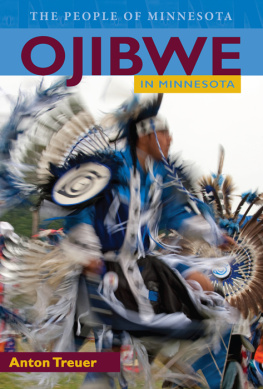
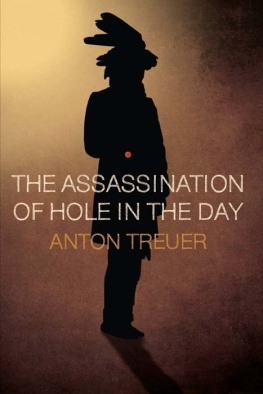



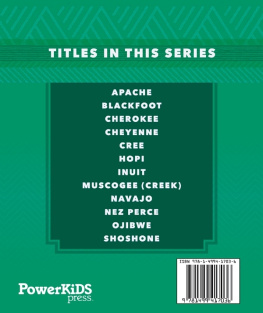
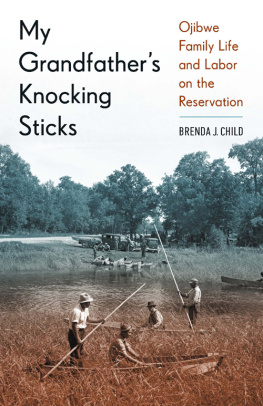
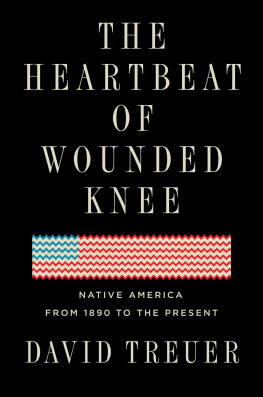

 MINNESOTA HISTORICAL SOCIETY PRESS
MINNESOTA HISTORICAL SOCIETY PRESS The paper used in this publication meets the minimum requirements of the American National Standard for Information SciencesPermanence for Printed Library Materials, ANSI Z39.481984.
The paper used in this publication meets the minimum requirements of the American National Standard for Information SciencesPermanence for Printed Library Materials, ANSI Z39.481984.

